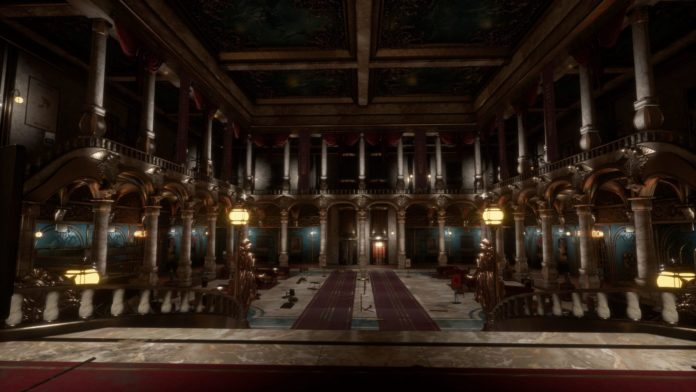Close to the Sun is an attempt by
Setting
Close to the Sun takes the term “Mad Scientist” to another level by introducing a ship full of them, led by none other than Nikola Tesla, one of the first engineers to attempt wireless communication. The game is set in an alternate timeline wherein Tesla’s Wardenclyffe Tower project takes off, making him the richest man on the planet who supplies electricity all over the globe using his wireless power transmitter. But hey, that’s no fun. In Close to the Sun, one of his scientists finds a way to manipulate time, but in the process, things inevitably go south and she ends up “breaking time”.

Sound familiar? Yes, the same exact thing that happened in Remedy’s Quantum Break. However, other than this the two games are vastly different. Close to the Sun is set in the late 19th century while Jack Joyce traversed through time in the 21st. Furthermore, while the former is more of a walking simulator with plenty of exploration, the latter is a fast-paced shooter with action-adventure elements.
Story
For the most part, you’ll be exploring the dark, bloodied halls of the Helios trying to reach Rose’s sister, Dr. Ada Archer, one of the lead researchers on the project that went terribly wrong and screwed up time, killing most of the people on board.

Aboard the Helios, you’ll face deranged serial killers, uncover remnants of an espionage operation shedding light on the rivalry between two of the most well-known inventors and run from “time-guardians” responsible for massacring the crew. The game actually includes a lot of real
Close to the Sun starts off rather well- a lot of mystery, intrigue and tons of maths equations that made zero sense to me, oh and of course loads of dead people with dismembered limbs and missing heads. You roam the dark corridors of the seemingly abandoned ship in search of answers, with a bunch of run-ins into the friendly knife-wielding resident every now and then.

However, towards the end, the plot falls apart. It builds up to something seemingly quite grand but gives no plausible explanation for the various abnormal phenomena that have occurred aboard the Helios. Just the run of the mill, science experiment has gone wrong and then you help fix it using some science/physics/maths mumbo jumbo cooked up in a hurry.
Visuals and Soundtrack
Close to the Sun is built atop the Unreal Engine and as such runs fairly well on most hardware, but favors the newer Turing cards over the Pascal architecture. Although the game world and environments are very detailed and will make you wanna keep looking at them, the character models leave much to be desired. They are somewhat blocky and don’t justify the game’s higher-than-average GPU requirements. The soundtrack is very atmospheric, and goes very well with the setting, even surpassing other games in the genre.

Conclusion
Close to the Sun is one of those games that try to emulate a well-known title but fail at it miserably. However, if you look at it as a separate sci-fi game without comparing it to the likes of BioShock, it just manages to stand on its own. Sadly, given the striking similarities, it’s hard to not put them side by side.


